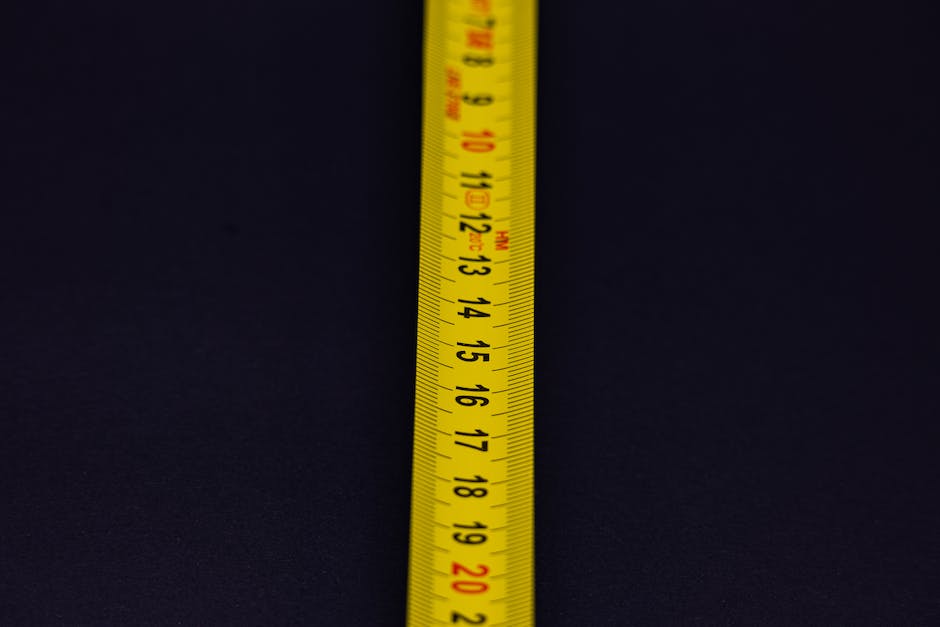Understanding the weight of a dresser is a multifaceted process that depends on numerous factors, ranging from the type of materials used in production to the added features that enhance its functionality and aesthetic appeal. Both the physical attributes and the design complexities contribute to the final weight. The following discourse delves into the various elements influencing a dresser’s weight, portrays clear and practical methodologies, and introduces handy tools for accurately measuring the piece of furniture. This information is invaluable for the general public, especially when relocating or purchasing new furniture.
Factors Affecting a Dresser’s Weight
The weight of a dresser is influenced by several essential factors, three of which are most significant; the type of wood used in its construction, the construction style, and the number of drawers included.
Predominantly, the type of wood is the game changer when it comes to the weight of a dresser. Heavier woods like mahogany, oak, and maple add to the load of the dresser significantly, as compared to lighter woods such as pine or cedar. For enthusiasts, it’s quite fun to note that a pine dresser can be almost 50% lighter than an oak one of the same size!
The robustness and complexity of the construction style can also dictate the weight. Usually, a dresser manufactured with dovetail joints is heavier than those built with simpler joint techniques. The reason is rather straightforward; dovetail joints typically require additional wood for their intricate design which inevitably adds to the load. However, they offer excellent stability and strength, contributing to the dresser’s longevity.
Another influencing factor is the number of drawers in the dresser. Obviously, the more drawers, the more wood is needed, leading to a weightier piece. Though it might seem tiresome to lug around, it’s rather exciting for hobbyists and enthusiasts as it offers ample space for storage, categorization, and overall functionality.
Indeed, understanding these factors completely transforms the way someone might choose or move a dresser. Whether engaging with this knowledge as a hobby or for practical purposes, knowing what influences the weight of a dresser goes a long way in making wiser decisions and gaining a new appreciation for these unassuming household staples.

Measuring a Dresser’s Weight
Now that you’re well-versed in how different woods and construction styles impact a dresser’s weight let’s learn how to actually measure it. This information can be indispensable, especially when you’re planning to move or sell a dresser. You’ll need a partner for this as it’s a two-person job; remember, dressers are not only heavy, but they can be quite awkward to lift too!
Start off by clearing out any contents from the dresser. You should not underestimate how significant this step is. The weight of personal items, especially in a dresser with numerous drawers, can drastically affect the overall weight. Now, procure a bathroom scale – the digital kind are preferable due to their accuracy. With the help of your partner, carefully lift the dresser onto the scale. It’s paramount that the entirety of the dresser’s weight rests on the scale for an accurate measurement. For larger dressers that might not fit on a single scale, you can use two scales, positioning them under each end of the dresser.
It’s essential to remember to subtract the weight of any non-essential components or added reinforcements. For example, if you’ve added a glass top to the dresser or installed metallic drawer handles, these shouldn’t factor into the weight of the dresser itself. The aim is to ascertain the weight that stems purely from the original build of the dresser. By now, you should have a pretty accurate weight reading of your dresser at your disposal – and who knows, you’ve probably gained a bit more muscle from all that lifting too! No need for a gym membership when you’ve got a hobby as engaging as this!

The process of accurately determining the weight of your dresser requires a careful study of several determinants as well as the application of practical measurement tactics. As we have learned, the type and thickness of the materials used, the stature of the furniture, the complexity of its design, and additional features all have significant effects on the final weight. Similarly, effective weighing methods and the appropriate use of specific tools like scales ensure precise measurements. Having such knowledge makes your furniture handling experiences safer, easier, and more efficient. This vital information empowers you to make intelligent decisions and take informed actions when dealing with your furnishings.

After sitting in a back breaking office chair for hours every day at his job, William Burch got the idea to start the Recliners Hunt website. William is focused on ergonomic chair design – as it is more important than ever today since we are spending more and more time sitting at our computers.



